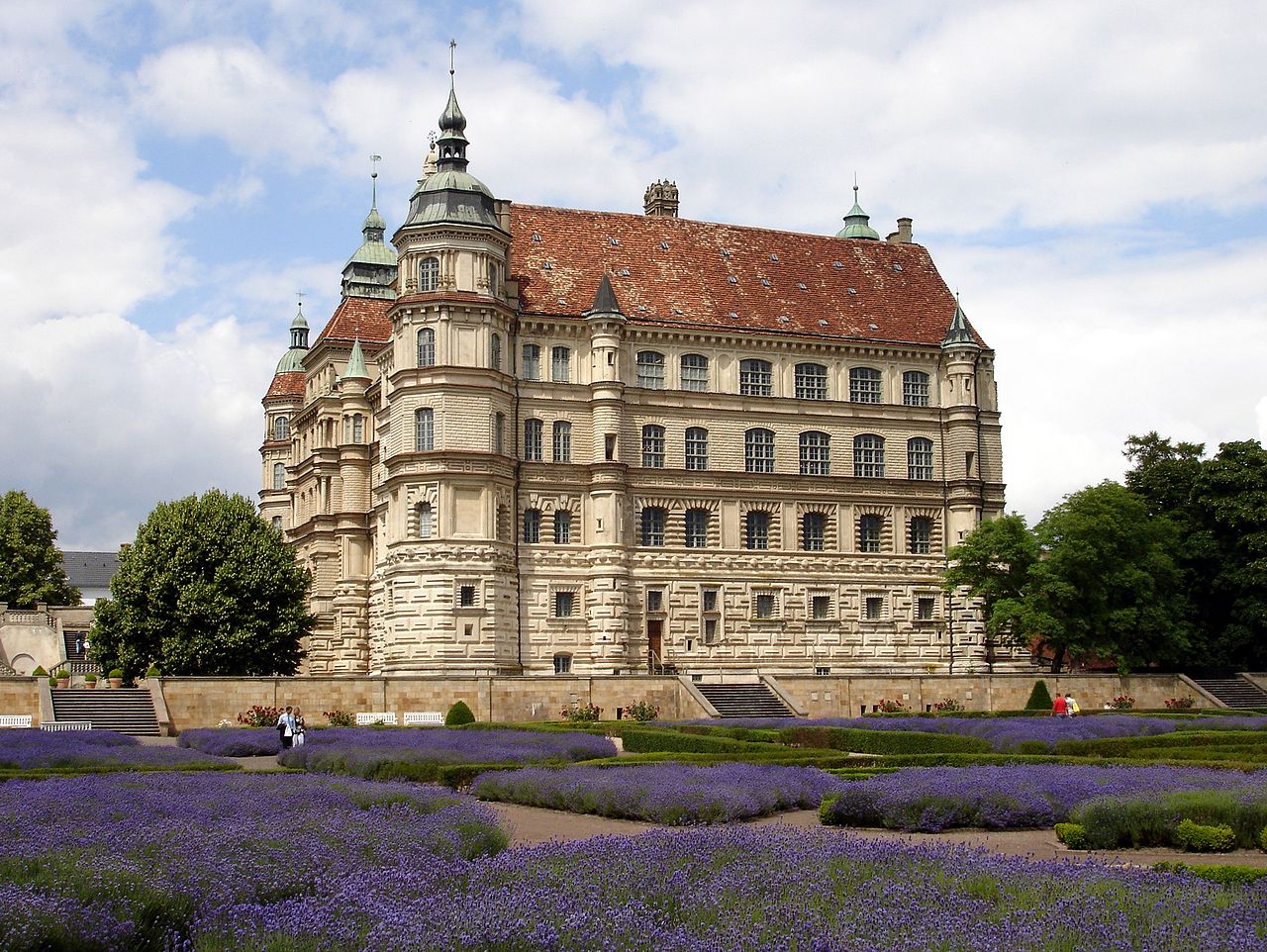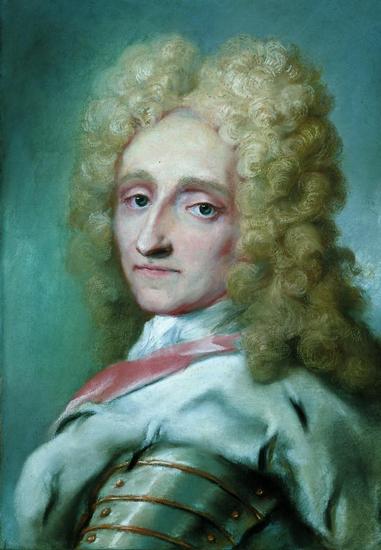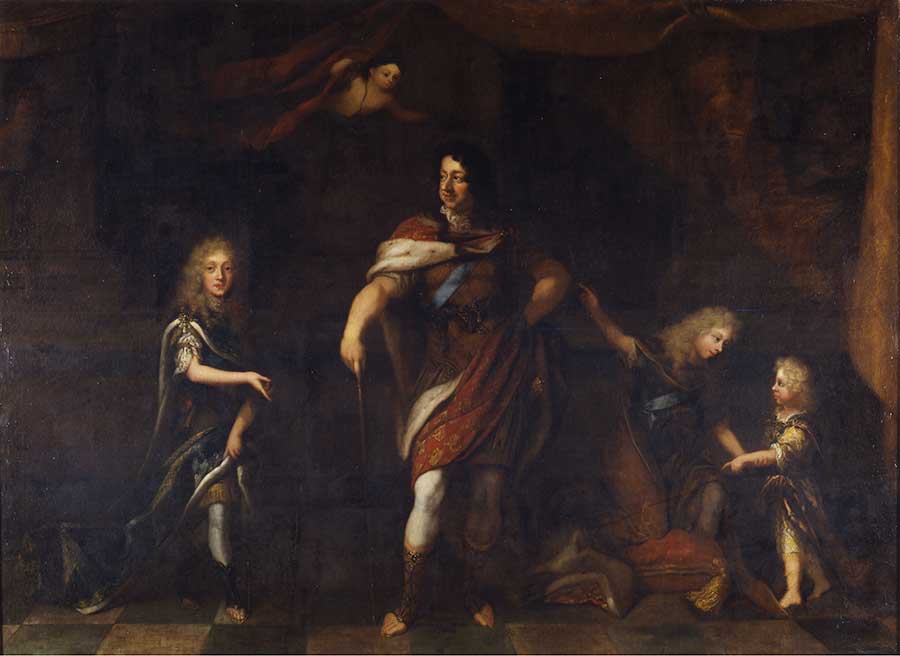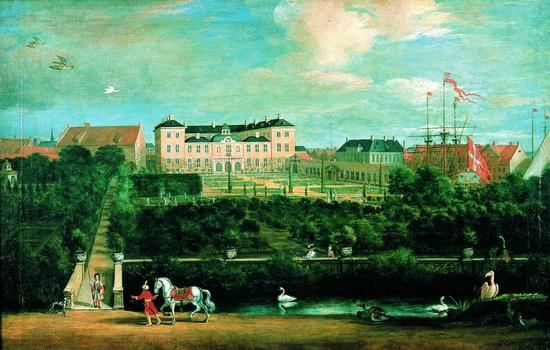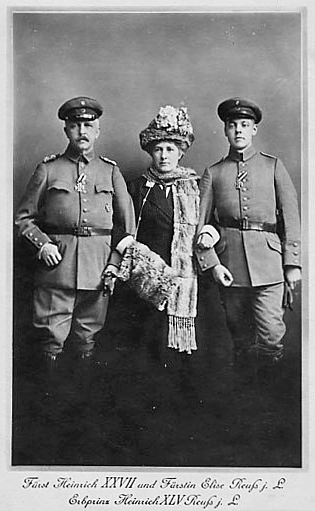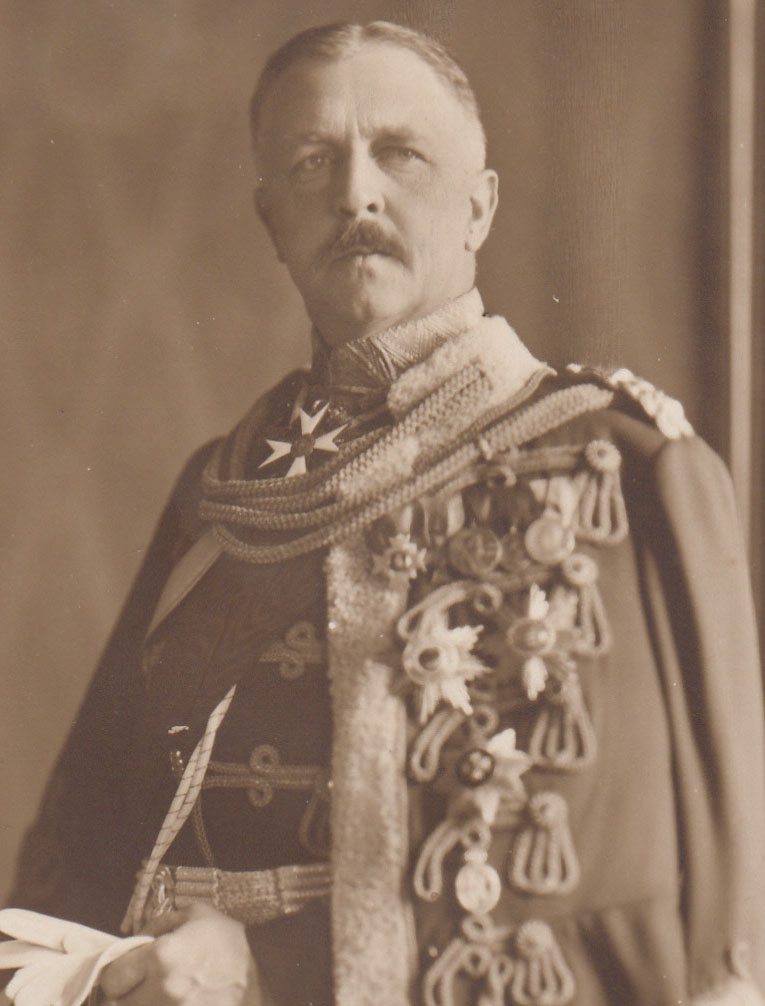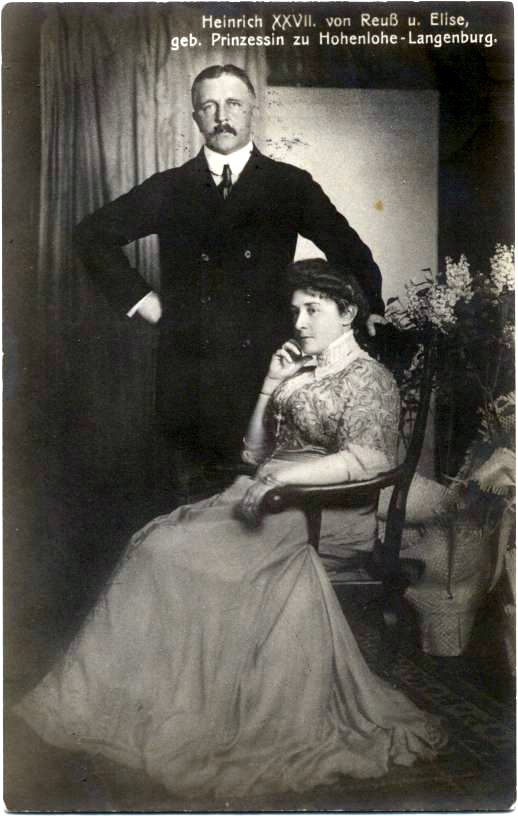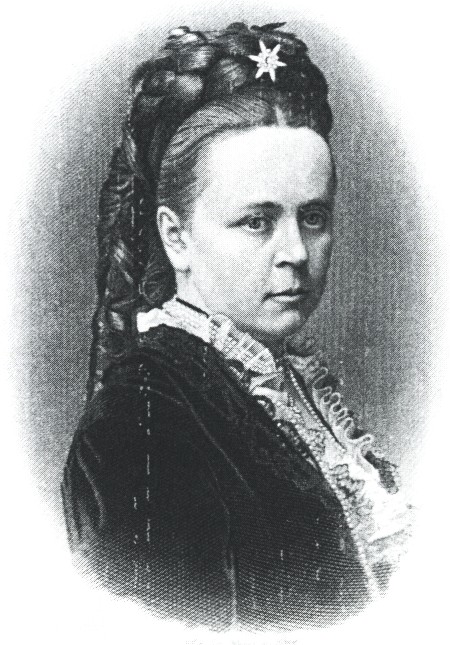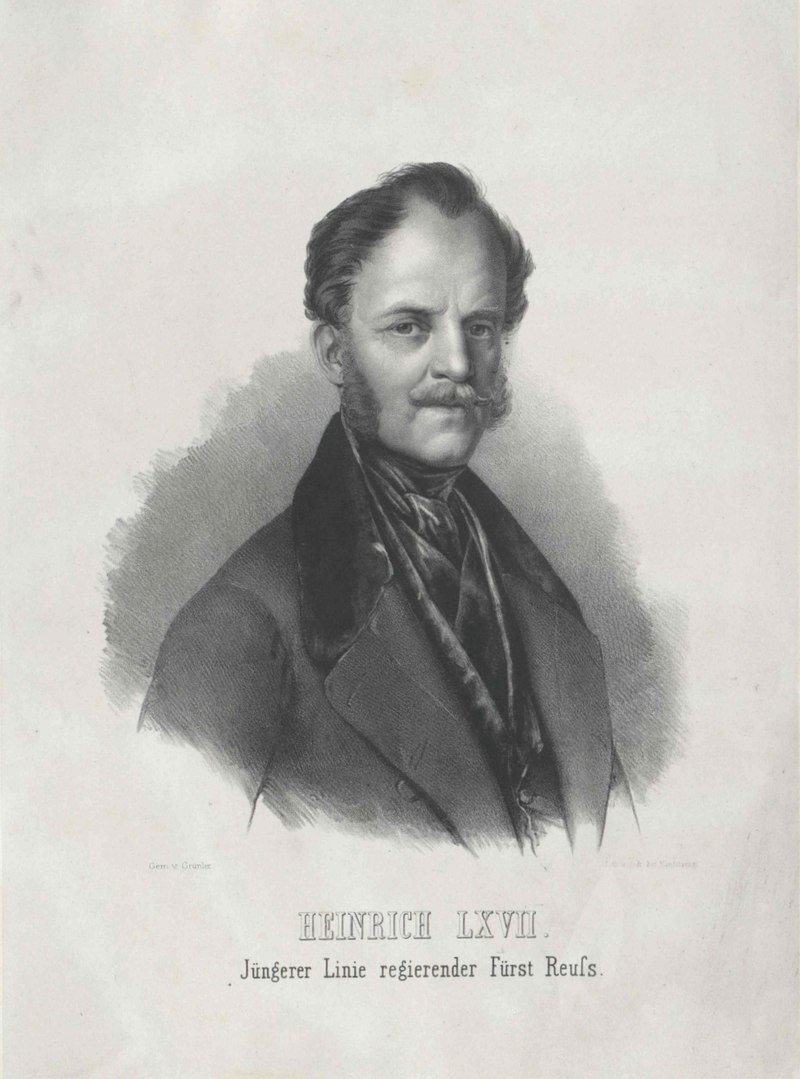by Susan Flantzer
© Unofficial Royalty 2020

Lola Montez, 1851; Credit – Wikipedia
Lola Montez was a dancer, courtesan, and a mistress of King Ludwig I of Bavaria. She was born Marie Dolores Eliza Rosanna Gilbert on February 17, 1821, in Grange, County Sligo, Connacht, Ireland. At the time of her birth, all of Ireland was part of the United Kingdom of Great Britain and Ireland. Known as Eliza, she was the daughter of a Scotsman, Edward Gilbert, and Eliza Oliver from an Irish country noble family. Eliza’s paternal grandfather was Charles Silver Oliver, a High Sheriff of Cork and a member of Parliament for Kilmallock in County Limerick, Ireland. Eliza’s mother grew up at the family home, Castle Oliver. Eliza’s father was an Ensign in The King’s Own Scottish Borderers, a regiment of the British Army. Eliza’s parents met when her father’s regiment arrived in Grange, Ireland. When Eliza was two years old her father was posted to India and Eliza and her mother accompanied him. However, her father died from cholera shortly after arriving in India. Eliza and her mother remained in India and her mother married again to Lieutenant Patrick Craigie.

Eliza Gilbert, circa 1837; Credit – Wikipedia
When Eliza reached school age, she was sent to live with her stepfather’s father Captain John Craigie in Montrose, Scotland. At the age of ten, Eliza was sent to Sunderland, England to live with her stepfather’s sister Catherine Rae. Eliza attended a boarding school that Catherine Rae ran with her husband. She finished her education at a boarding school in Bath, England. To avoid a marriage with the much older judge Sir Abraham Lumley, she ran away with Lieutenant Thomas James. The couple married in 1837. Eliza’s husband was posted to India in 1838 and she accompanied him but the couple separated in 1842.
In 1842, Eliza returned to England and lived in London where she learned the Spanish language and Spanish dances. Using the stage name Maria de los Dolores Porrys y Montez, also known as Lola Montez, Eliza pretended to be a Spanish dancer from Seville, Spain. In June 1843, her true identity was revealed when she was recognized as Mrs. Thomas James. Her career in England was hampered and she left for continental Europe. By this time she was certainly accepting favors from wealthy men in return for sex and was widely regarded as a courtesan.

Lola Montez, 1844; Credit – Wikipedia
As Lola Montez traveled across Europe, she caused scandals through her affairs and performances. She became famous for her Spider Dance, which involved her shaking imaginary tarantulas out of her clothes and stamping on them. She then raised her skirt so high that the audience could see that she wore no underwear. On September 3, 1843, Lola danced in front of King Friedrich Wilhelm IV of Prussia and Nicholas I, Emperor of All Russia at the Los Boleros de Cadiz in Berlin, Kingdom of Prussia. Her guest appearance in Warsaw caused an uproar. Her dancing caused her to be expelled from Berlin, Warsaw, Reuss-Ebersdorf, and Baden-Baden. After performing in various European cities, Lola settled in Paris, where she was accepted by the Bohemian literary society of the time. She received more notoriety when her lover Alexandre Dujarrier (link in French), editor of the newspaper La Presse was shot to death in a duel in 1845. Heinrich LXXII, Prince Reuss of Lobenstein and Ebersdorf, the father and son writers Alexandre Dumas the Elder and Alexandre Dumas the Younger, and the composer Franz Liszt were among her lovers.

King Ludwig I of Bavaria; Credit – Wikipedia
On October 5, 1846, Lola arrived in Munich, Kingdom of Bavaria. She applied for an engagement as a dancer at the Munich Hofbühne but her application was denied. Lola decided to appeal to King Ludwig I of Bavaria and met with him for the first time on October 7, 1846. Soon, she was making guest appearances at the Munich Court and National Theater, and within a month, the 25-year-old Lola became the mistress of the 60-year-old Ludwig. The king changed his will to include payments to Lola and provided her with a luxurious residence where he often visited her. Their relationship quickly became known and was met with disapproval by the citizens of Bavaria.

Lola Montez painted for King Ludwig I of Bavaria by Joseph Karl Stieler for the Gallery of Beauties at Nymphenburg Palace in Munich; Credit – Wikipedia
It was well known that King Ludwig I had a constant stream of mistresses. His wife, born Therese of Saxe-Hildburghausen, often left Bavaria in defiance of her husband’s actions and maintained a massive amount of sympathy and support from the Bavarian people. When Ludwig’s relationship with Lola Montez began, Queen Therese refused to back down. She publicly chastised her husband and refused his request to grant Lola the Order of Therese.
Because Lola’s only identification was a passport from the Principality of Reuss-Ebersdorf, King Ludwig I asked his cabinet to grant Lola Bavarian citizenship in 1847. The cabinet refused and all the cabinet ministers resigned. After a new cabinet was formed, Lola was granted Bavarian citizenship which caused riots in Munich. On August 25, 1847, Ludwig’s 61st birthday, Lola was created Countess of Landsfeld and was given a large annuity.

A caricature of Lola Montez wearing a crown and holding a whip in her left hand. Attached to a leash is King Ludwig I of Bavaria, depicted as a dog standing on its hind legs; Credit – Wikipedia
By 1848, because of the revolutionary fervor in Europe, Ludwig I’s reign came to an abrupt end. His relationship with Lola and the influence he allowed her to wield also played a role. Facing protests and demonstrations by students and the middle classes, Ludwig ordered the university to be closed. Shortly after, the crowds raided the armory on their way to storm the Munich Residenz, the palace in Munich. Ludwig’s brother Prince Karl Theodor appeased the protesters but the damage was done. Ludwig’s family and advisors turned against him and he was forced to sign the March Proclamation, giving substantial concessions toward a constitutional monarchy. Unwilling to rule this way, King Ludwig I abdicated on March 20, 1848, in favor of his son Maximilian II, King of Bavaria.
Lola fled to Switzerland where she hoped Ludwig would join her but he never did. The letters between Lola and Ludwig show that she lived in luxury with the money she had received from Ludwig. Lola continued writing to Ludwig and the letters show that she was mainly concerned with getting more money from him.
Lola returned to London in 1849 and appeared at Covent Garden. Although she had never divorced her first husband Thomas James, Lola married George Trafford Heald, a British Army officer. They fled from England to avoid a bigamy lawsuit. Lola and George lived in France and Spain but within two years, their relationship was falling apart and George reportedly drowned in 1851.

Cartoon of Lola Montez, circa 1852 By DC Johnston; Credit – Wikipedia
Lola set off to make a new start in the United States in 1851, where she was surprisingly successful for a while. In 1852, on Broadway, she played herself in a theater revue, Lola Montez in Bavaria. She toured the east coast until 1853 when she went to San Francisco where her performances created a sensation. In July 1853, Lola married Patrick Hull, a local newspaper reporter, and moved to Grass Valley, California but by August her marriage had failed. Lola remained in Grass Valley, California for nearly two years until she went on tour for two years in Australia where she mostly entertained in gold-mining towns. After she performed her Spider Dance at the Theatre Royal in Melbourne, the newspapers reported that her show was “utterly subversive to all ideas of public morality” and her show suffered financial losses.
Upon returning to New York in 1857, Lola attempted a theatrical comeback that failed. She then arranged with Charles Chauncey Burr, an American journalist, author, and publisher, to deliver a series of lectures Burr had written in the United States and the United Kingdom which allowed her to earn a living.
By 1860, Lola was exhibiting the third-stage effects of syphilis. During the summer of 1860, she had symptoms similar to a stroke. In December 1860, Lola developed pneumonia. She died on January 17, 1861, aged 39, in Brooklyn, a borough of New York City. Lola Montez, born Marie Dolores Eliza Rosanna Gilbert, was buried at Green-Wood Cemetery in Brooklyn, New York, where her tombstone says: “Mrs. Eliza Gilbert Died Jan. 17, 1861.” The reverse of her tombstone gives more biographical information.
This article is the intellectual property of Unofficial Royalty and is NOT TO BE COPIED, EDITED, OR POSTED IN ANY FORM ON ANOTHER WEBSITE under any circumstances. It is permissible to use a link that directs to Unofficial Royalty.
Works Cited
- De.wikipedia.org. 2020. Lola Montez. [online] Available at: <https://de.wikipedia.org/wiki/Lola_Montez> [Accessed 7 April 2020].
- En.wikipedia.org. 2020. Lola Montez. [online] Available at: <https://en.wikipedia.org/wiki/Lola_Montez> [Accessed 7 April 2020].
- Findagrave.com. 2020. Lola Montez (1821-1861) – Find A Grave Memorial. [online] Available at: <https://www.findagrave.com/memorial/726/lola-montez> [Accessed 7 April 2020].
- Heichelbech, R., n.d. The Spider Dance That Captivated The World In The 1840S. [online] Dusty Old Thing. Available at: <https://dustyoldthing.com/lola-montez-spider-dance/> [Accessed 7 April 2020].
- History-is-made-at-night.blogspot.com. 2009. Lola Montez And The Spider Dance. [online] Available at: <http://history-is-made-at-night.blogspot.com/2009/05/lola-montez-and-spider-dance.html> [Accessed 7 April 2020].
- Mehl, Scott, 2016. King Ludwig I Of Bavaria. [online] Unofficial Royalty. Available at: <https://www.unofficialroyalty.com/king-ludwig-i-of-bavaria/> [Accessed 7 April 2020].











